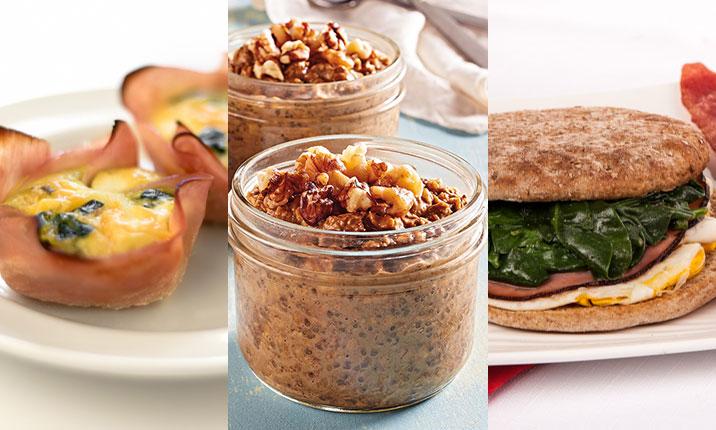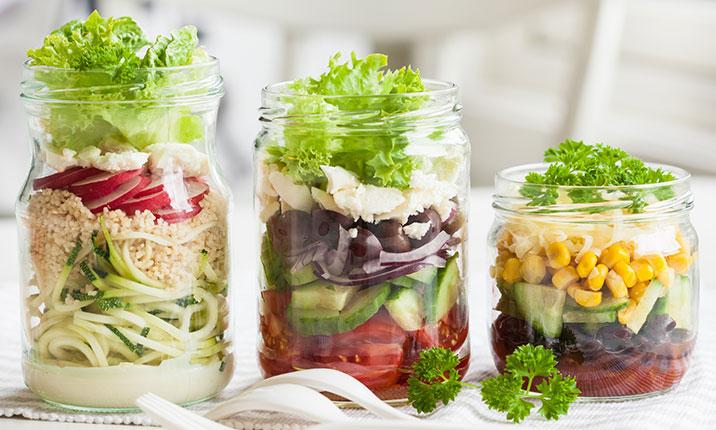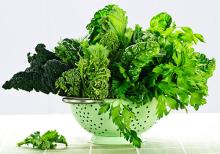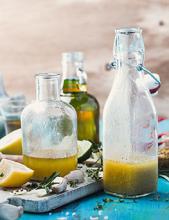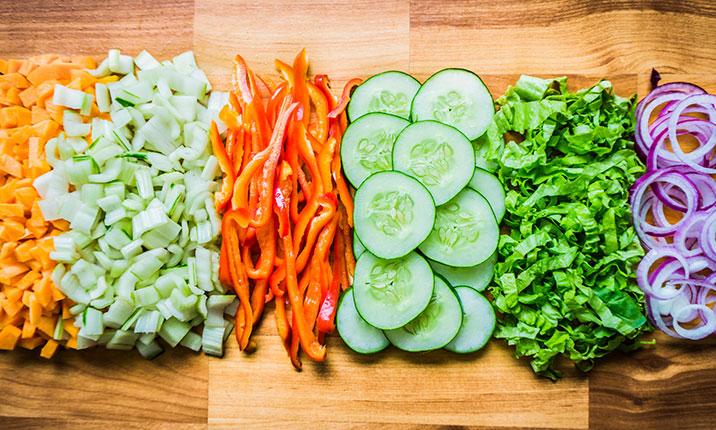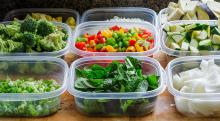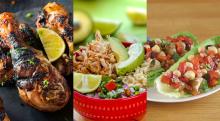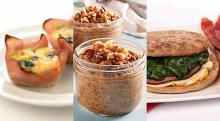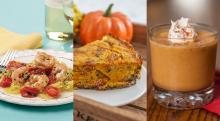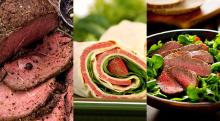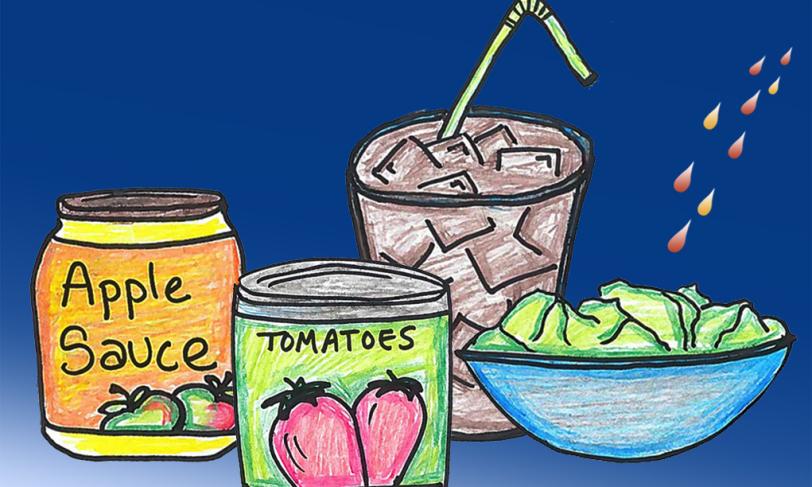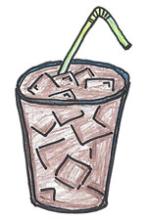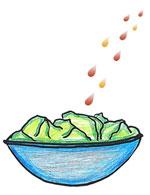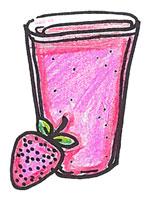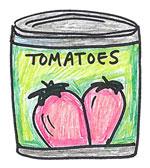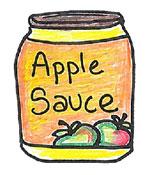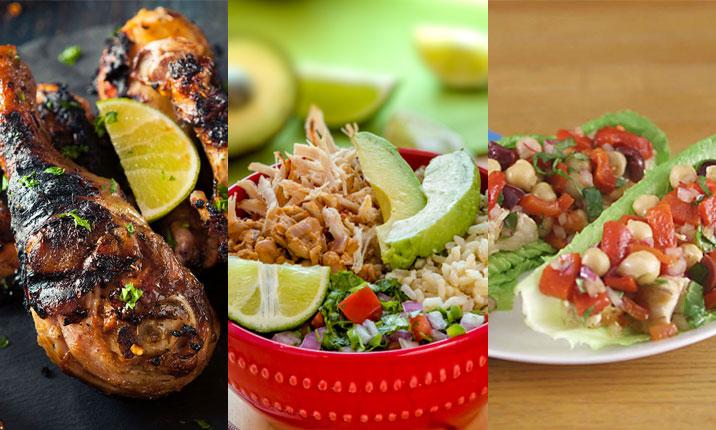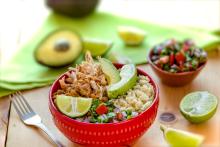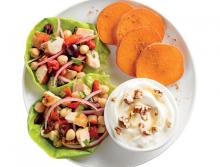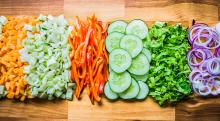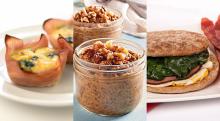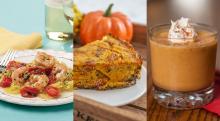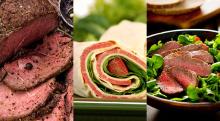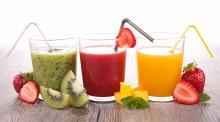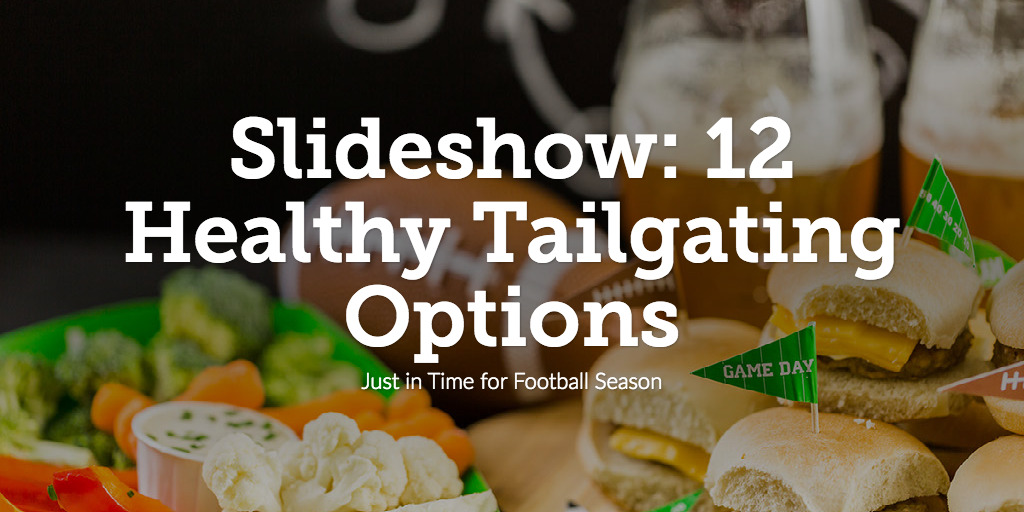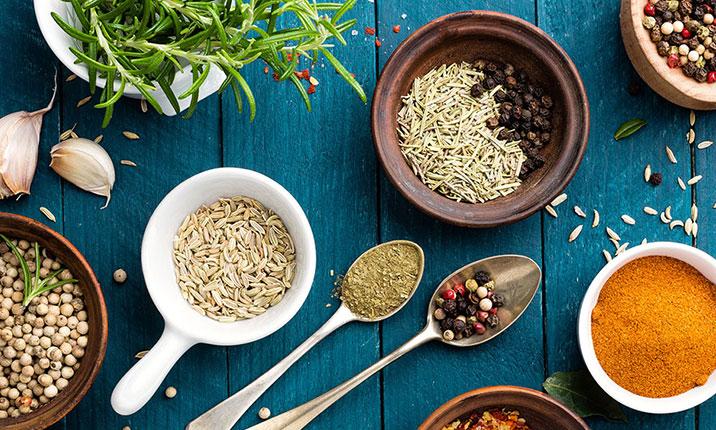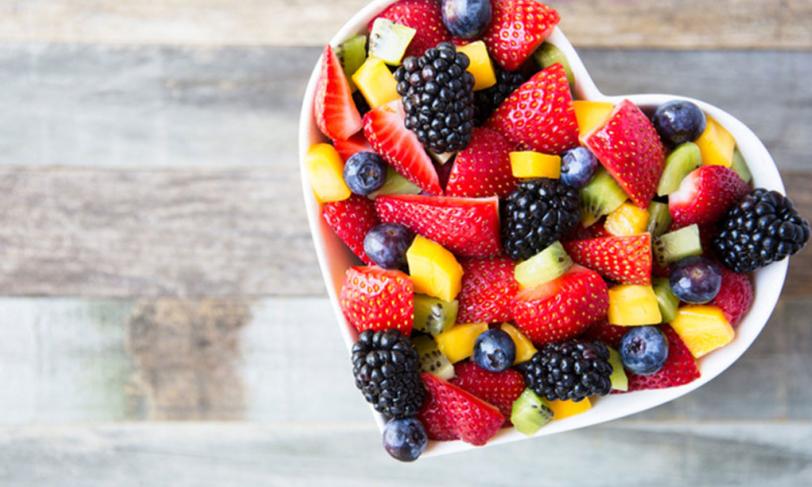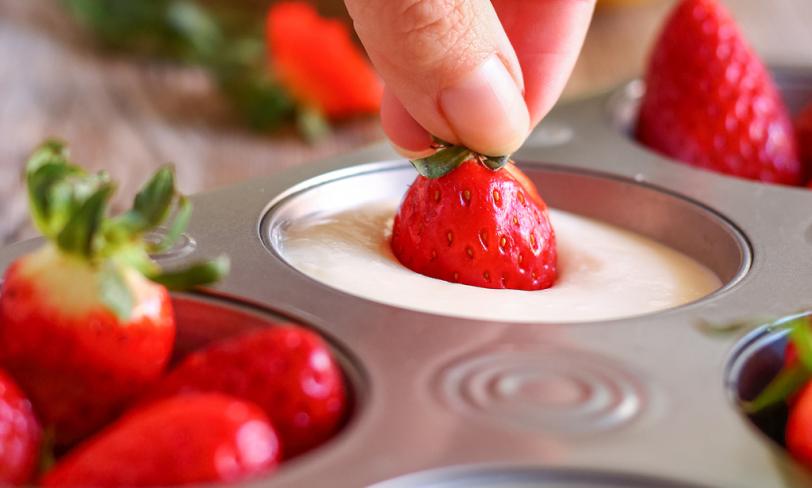Everybody likes getting more for less! How about getting more meals from less recipes? With some strategic meal planning and prepping, you can create several days’ worth of meals with just a few recipes and one trip to the grocery store. You can even prepare all of the recipes at once and store meals in single serve containers in the fridge for grab-and-go meals all week.
Diabetes Food Hub can be a great tool for meal prepping! Click here to learn how to use our recipes, meal planner, and grocery list generator to make planning, shopping, and preparing healthy meals a snap! Additionally, we’ll be rolling out a series of meal prepping articles over the next few weeks to show how a little planning can make your meal planning life a lot easier.
Rise and Shine!
This week we are focusing on “The Most Important Meal of the Day”—breakfast! No matter how many times we hear how important breakfast is, it’s still hard to make it a priority on a busy morning. Prepping your breakfast ahead of time means you can eat in a snap in the morning, or grab it on your way out the door.
Remember, what you eat for breakfast is just as important as if you eat breakfast! Here a few tips to help you choose a healthy breakfast:
- Stay away from foods with lots of sugar and refined grains. These will cause a sharp spike in blood glucose, and won’t keep you feeling full for very long.
- You don’t have to ditch all carbs in the morning—whole grains, fruit, and milk can be great breakfast options, even though they contain carbs.
- Try to get some extra protein or fiber in your breakfast. These will help slow the rise in blood glucose, and they will keep you full and satisfied until lunch.
For more breakfast tips, check out our article, “How to Start a Healthy Day”
Make-Ahead Egg “Muffins”
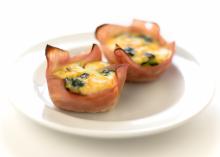
If you’re looking for a low-carb start to your day, try making scrambled egg “muffins”! Fill a muffin tin with your favorite veggies and/or meats, then add one whisked egg to each muffin cup and bake. To save them for later, pop the cooled muffins out of the pan (you can use muffin tin liners, or spray the pan with oil for easy removal), and set them on a cookie sheet in the freezer. Once they are frozen solid, you can toss them all in a freezer-safe zip-top bag.
Grab and go! Take a muffin with you to work and reheat in the microwave or toaster oven.
Check out these recipes for inspiration:
Mini Veggie Frittatas
Spinach, Mushroom, Egg, and Ham Cups (pictured above)
Meat Lover’s Breakfast Cups
Overnight Oats
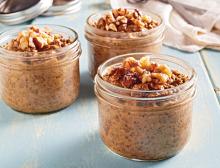
If you like oatmeal, but don’t have time to cook it in the morning, then get ready to fall in love with overnight oats. All you have to do is mix 1/2 cup old-fashioned rolled oats with 1/2 cup skim milk (or other milk alternative like soy or almond) plus your favorite oatmeal toppings in a jar or container with a tight-fitting lid, then leave it in the fridge overnight. Soaking the oats in milk overnight delivers the same creamy oatmeal you get from cooking on the stove top.
Try Devin Alexander’s Gingerbread Overnight Oats to get started on your overnight oats journey. She adds a bit of protein powder for extra protein and chia seeds for a boost of fiber and omega-3 fatty acids.
Grab and go! Prepare several jars or plastic containers for each day of the week, then take one with you as you head out the door. You can eat this cold, or pop it in the microwave.
Before-You-Go Breakfast Sandwich
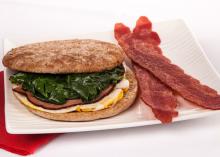
Maybe you prefer to grab a breakfast sandwich from a café or fast food joint? Here’s the thing: a lot of those sandwiches start out frozen! You can make your own frozen sandwiches for a fraction of the cost, AND you can control what goes in it.
Try this recipe for a budget-friendly egg, ham, and spinach sandwich. Prep all the sandwiches on Sunday, wrap them in foil, pop them in the freezer, and you’ve got “fast food” breakfast for the whole week.
Pro tip: you can easily make a bunch of egg “patties” in a muffin tin. Just crack an egg into each muffin cup and bake at 350 degrees F for about 15 minutes, or until set.
Grab and go! To eat, simply reheat in a toaster oven at home or at work, and you’ve got a delicious breakfast sandwich in a snap.
Want more meal prep ideas?
Check out the other articles in this series:

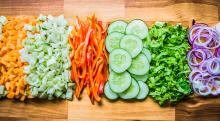
Meal Prep: DIY Salad Bar
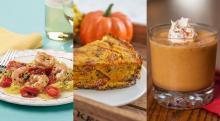
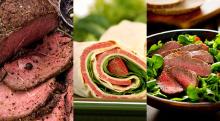
Meal Prep: 3 for 1 Beef
